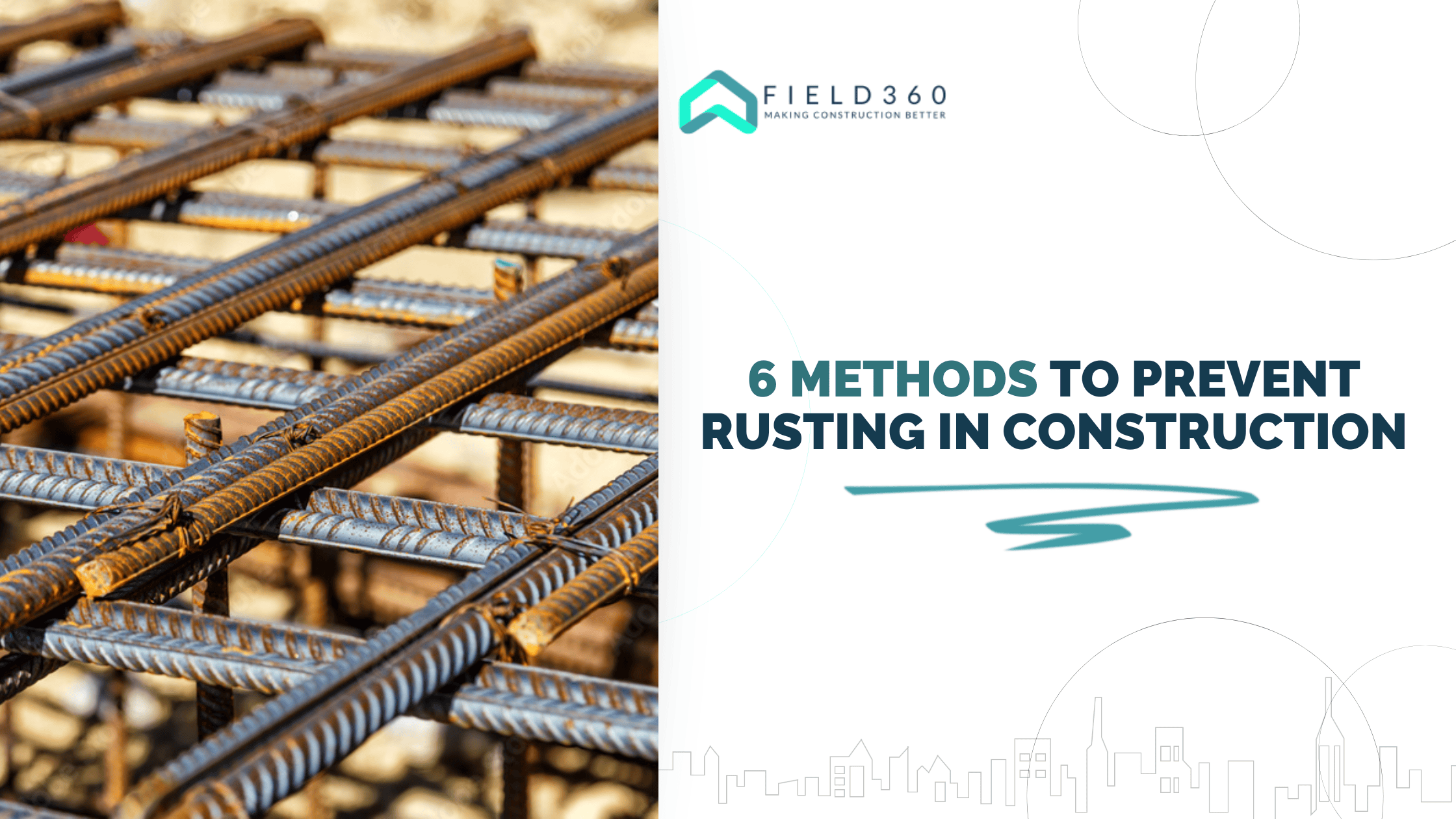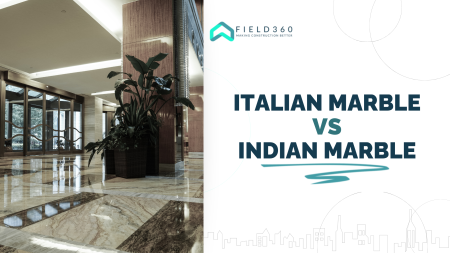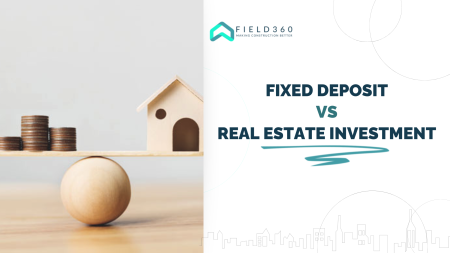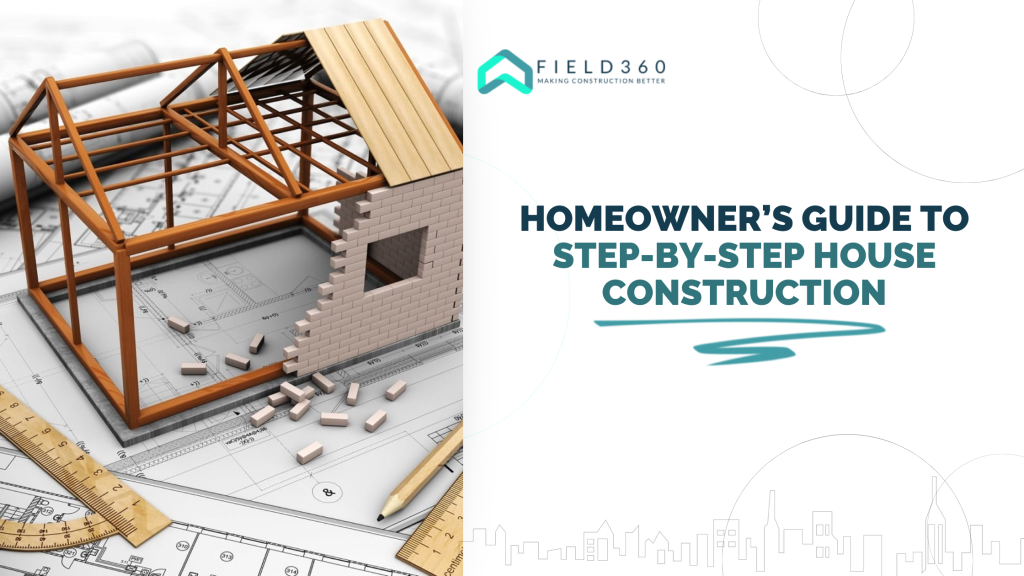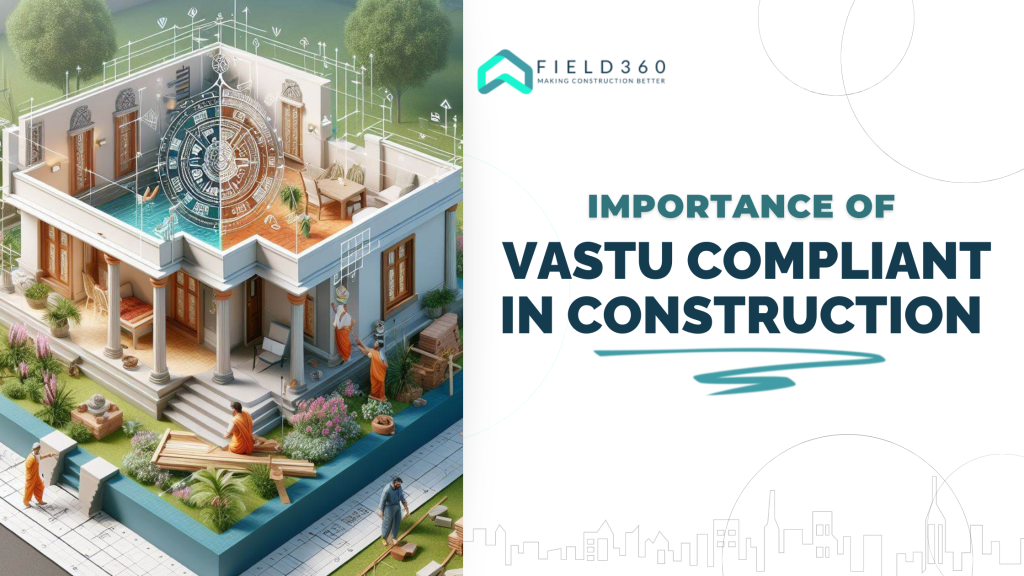The discoloration of metal and the appearance of an orange-brown layer on its surface is not only unappealing but corrosive as well. Rusting might seem to be a slow process at first, but it can spread immediately. Rust can weaken structures and make them fragile as well. Hence, it is crucial to take preventative measures to prevent rust in the construction industry.
Looking for methods of prevention of rusting starts right from the time when you begin using iron-containing metallic objects. We are usually advised to keep the object away from the moisture. However, only avoiding the contact of iron-containing metallic objects with moisture won’t help a lot. There are other methods like painting, applying oil, powder coating, and many more that can help in the prevention of rusting. Here, we are going to talk more about the methods of rust prevention and will try to find which is the best method to prevent rust. Before moving ahead, have a look at the meaning of rusting in brief and its effect on iron-containing metallic objects.
What is Rusting?
Rusting is a type of corrosive process that occurs in the presence of water or even just moisture. As a result of rusting, a type of iron oxide forms on metallic objects when iron reacts with oxygen present in the air or water.
The chemical reaction between iron and oxygen produces an orange-brown flaky layer on the metal. And because rust is porous it allows water and air to get through. This is the reason why corrosion easily spreads to the metal beneath. Also, salt quickly increases rust production and buildup. This is why people who live near saltwater bodies face faster rusting of metal objects.
Read the following section to understand the effects of rusting on metallic objects.
Major Effects of Rusting on Metals
Rusting can severely damage the objects it affects. Rust can reduce the capabilities of the metallic object in various ways. The following are the major effects of rusting on iron-containing metals:
- One of the most visible signs of rusting is a change in the appearance of the metal. You will observe the classic orange-brown discoloration beginning to emerge. This color change is largely problematic in terms of appearance.
- Rust can also cause structural weakness. The iron oxide eats away at the metal, transforming its strong structure into flaky powder. This is problematic, especially if the afflicted object is used to support additional structures. A rusted metal object, whether bearing a supposedly little weight like a chair or a larger thing like a bridge, can be extremely dangerous.
- Rusting can reduce mobility as well. There are chances that due to the rusting, the parts that were designed to slide over each other will become fixed as rust sets in. This usually happens with nuts and bolts, you can’t unscrew them easily if they get covered in rust.
- In some situations, rust can pose a health risk. Take an example of metallic pipes, which transport water to structures. If these pipes rust, any water that goes through them will be tainted and harmful to consume.
- Metals are good conductors of electricity. However, once they get rusty, they become an insulator. The appliances will stop functioning after the rusting.
- Rust doesn’t possess the ideal magnetic characteristics of an iron-containing metal. Rust completely corrodes an iron magnet, causing it to no longer operate as a magnet.
- Also, rusting corrodes goods so severely that it can cause holes in metal sheets. If iron sheet roofing begins to rust, you may soon have holes and a leaking roof.
Methods of Prevention of Rusting in Construction
Considering the effects of rusting on metals used in construction, it becomes very crucial to prevent it in order to use the objects for a longer duration. There are multiple methods of preventing rusting that can help in increasing the life of the structure of a building and the appliances used in it, as follows:
Reduce Moisture Contact
Moisture is the primary cause of rusting. Minimizing the contact of water with metallic elements can help a lot in rust prevention. Homes can be designed in such a way that the unnecessary water does not accumulate near any iron-containing metallic elements. This can include, creating a proper drainage system in the structure, ventilation for drying, and avoiding crevices.
Oil or Grease Application
It is common to use grease or oil to lubricate surfaces and enable smooth movements between two moving metal parts. However, this layer of oil can also prove to be beneficial in forming a barrier that prevents rust. Thus, oil and grease application can be effective in rust prevention. The metallic gates, windows, and other home elements can be lubricated with oil and grease to prevent rust.
However, there can be reasons why oil application might not always be a good option for rust prevention. Lubrication can cause mess and make the surface slippery causing imbalance. Moreover, lubrication has to be performed regularly.
Dry Coating Application
Dry coating can be a good alternative to oil application. Dry coating basically forms an additional layer over the metal which stops the direct contact of the metal surface with water and moisture.
The dry coating offers a clean finish on the surface. Moreover, there is no mess or slippery surfaces. It can also be used in combination with other methods to prevent rusting.
Galvanized steel
Galvanization is the process of applying a zinc layer over metals like iron or steel. Zinc is not as prone to corrosion as iron or steel; thus, it is used as a barrier to protect elements from the environment. It’s better to use galvanized steel over normal steel during construction.
Painting
While it is common to paint surfaces for enhanced aesthetic appeal, it can be effective in rust prevention as well. Paint can be used to cover the places where metallic materials have been used during construction. However, it is critical to use the right paint type for rust prevention.
Oil-based paint can prove to be highly effective in forming a protective layer on metal surfaces and protecting them from rust.
Choose a Good Quality Concrete Mix
It’s not a method but a suggestion that you shouldn’t ignore. A dense concrete mix can be helpful in avoiding rust because in such mixes the ratio of water to cement is less which means less contact of moisture with the steel structure of the building.
These are some of the most common methods to prevent rusting. To find which is a method to prevent rust for your unique purpose, you can consider factors like applications, cost, and practicality of the method.
Additionally, when it comes to construction, especially for roofs, the choice of cement is crucial. You might find our guide on How to Choose the Best Cement for Roof helpful in making an informed decision. This guide provides insights into the different types of cement available and their suitability for various construction needs. Remember, the right cement can significantly enhance the durability and longevity of your structure.
Benefits of Rust Prevention in Construction
There are a variety of benefits of rust prevention. It is going to be a favorable action for you and others as well if you prevent rust formation.
Low-Cost Repair
Using proactive methods of prevention of rusting can significantly reduce maintenance issues. It is common to face structural failures as a result of rusting. Different mishappenings can be easily avoided by preventing rust in the first place.
Besides saving costly repairs, a significant amount of time is also saved. As you initially invest in the rust-preventing coating, you can avoid days of waiting for repairs after the corrosion or structural failure.
Preserved Aesthetic Appeal
Rust can be unsightly as it definitely does not look pretty on surfaces. The beauty of rusted objects is undoubtedly compromised. However, using methods of prevention of rusting in advance can help in the preservation of the aesthetic appeal of structures and objects. Thus, your belongings and properties can look appealing for a longer time as a benefit of preventing rust.
Enhanced Safety
Irrespective of the size of a structure and object, rustproofing can work effectively in enhancing their safety. It is often a huge mistake to assume that rust can only cause minor inconveniences. There have been famous incidents when huge structures were damaged by dust or collapsed because of rusting.
Rust might not have been the sole reason for collapsed structures, but it plays a critical role in weakening. Hence, rust prevention or removal right at the beginning of their formation can be beneficial.
Reduced Waste
While this might not be the most obvious benefit you can think of, rust prevention can reduce waste production. Objects without rust on them can be recycled and reused rather than simply discarded.
If there is no rust formation on metal parts that have been eliminated from one structure, it can be successfully used in other structures. Moreover, rust-proofing can ensure longer use of articles without replacement.
Increased Resale Value
It is widely known that rusted metals lose their value. However, rust-proofing can make sure that metal does not deteriorate; thus, value depreciation can be avoided for structures. Discarded metals can be sold at a good value if they are rust-free.
Prolonged Life
For both the structural and functional life, rust-proofing can prove to be beneficial. Rust prevention can make sure that metal is not corroded for a longer time; thus, needs no replacement. Hence, users can confidently use metals more than usual if they are prevented from rust.
Takeaway!
Rust is the orange-brownish layer that appears on the metal surfaces and eats metal away. It can lead to several issues by affecting the significant properties of metals. Hence, it is critical to use effective methods of prevention of rusting. Rust prevention is a proactive approach that can delay or eliminate several significant issues while ensuring a longer life of structures.
A comprehensive construction management app is the one-stop solution for your varying requirements in the challenging construction industry. Adopt Field360 for seamless operations and enhanced collaboration in your construction business.
Frequently Asked Questions
Rust can impact the critical features of metals leading to weakened structures and reduced efficiency of equipment and machinery.
There are several possible ways to prevent rust formation on metals like galvanization, painting, powder coating, oiling, and greasing. The best way can be chosen on the basis of unique requirements and the practicality of the application method.
Rust is a significant issue as it can significantly damage the surface of metals while not only reducing their aesthetic appeal but also damaging their structural integrity.
The brown discolored appearance of metal is the most obvious sign of rust on metal.
Oxidation is a chemical reaction that generally causes the rusting of metals.

